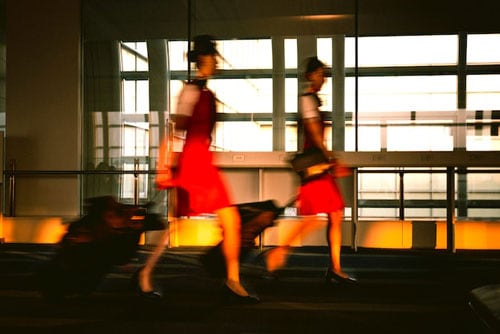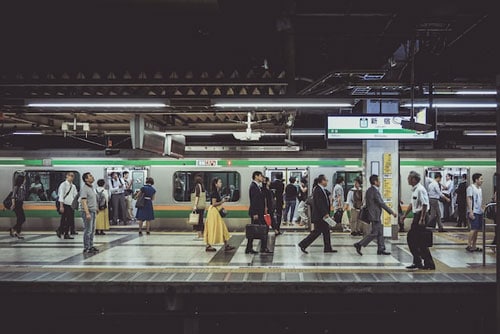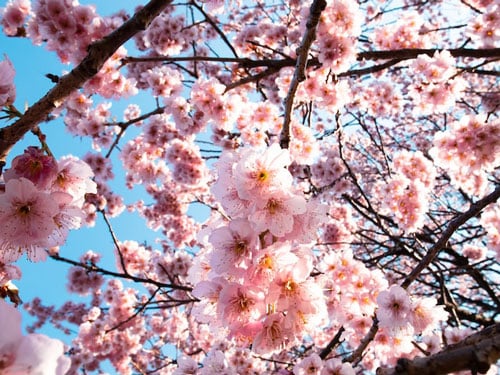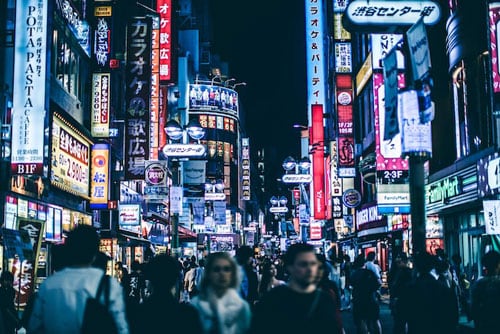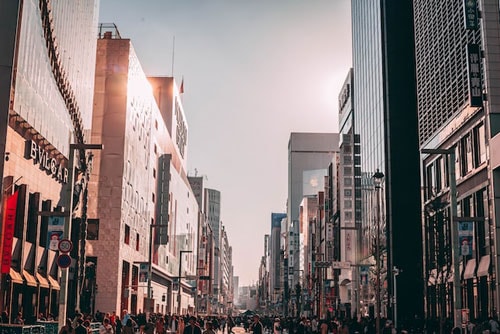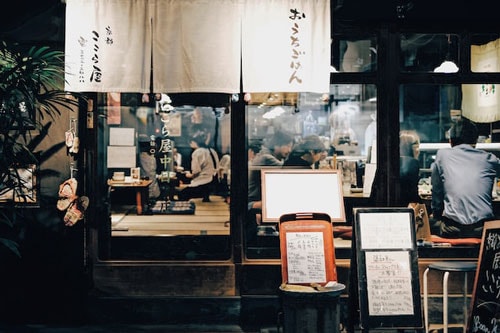*Changes must be made prior to your travel date. Fare differences may apply. Cancellation to Travel Bank only as a Future Flight credit. Refund to original form of payment is not available.
Economy Lite: All fares subject to availability. International return fares may vary with the addition of local taxes and charges or due to currency fluctuations. All fares prices are based on a one way Economy Lite fare booked on virginaustralia.com. Seat selection and checked baggage are not included in Economy Lite fares. Payment surcharge may apply. Economy Lite fares are not recommended if you require flexibility with your travel as cancellations are not permitted and you may need to pay a fee and any fare difference to make a change. For other fare types, a fee and fare difference may be payable for changing or cancelling your booking. See Virgin Australia’s Fees and Surcharges page for more information. Refunds are not permitted for Economy Lite and Choice fares if you cancel your booking. Refunds are permitted for Economy Flex fares on payment of a fee. You may also request a refund for other reasons, including under the Australian Consumer Law. Check your fare rules for more information. Some flights may be operated by a partner airline. Different baggage allowances and conditions may apply to these flights. Full terms and conditions at www.virginaustralia.com
Economy Choice: All fares subject to availability. International return fares may vary with the addition of local taxes and charges or due to currency fluctuations. All fares prices are based on a one way Economy Choice fare booked on virginaustralia.com. Payment surcharge may apply. You can change or cancel your booking to travel credit by paying a fee and any fare difference. See Virgin Australia’s Fees and Surcharges page for more information. Refunds are not permitted for this fare if you cancel your booking but may be requested for other reasons, including under the Australian Consumer Law. Check your fare rules for more information. Some flights may be operated by a partner airline. Different baggage allowances and conditions may apply to these flights. Full T&Cs at www.virginaustralia.com
Economy Flex: All fares subject to availability. International return fares may vary with the addition of local taxes and charges or due to currency fluctuations. All fares prices are based on a one way Economy Choice fare booked on virginaustralia.com. Payment surcharge may apply. You can change or cancel your booking to travel credit by paying a fee and any fare difference. See Virgin Australia’s Fees and Surcharges page for more information. Refunds are permitted for a fee if you cancel this booking. You may also request a refund for other reasons, including under the Australian Consumer Law. Check your fare rules for more information. Some flights may be operated by a partner airline. Different baggage allowances and conditions may apply to these flights. Full T&Cs at www.virginaustralia.com
Business: Price is based on a one-way Business fare booked on virginaustralia.com. Seats are limited and may not be available at peak times or on all flights. Payment surcharge may apply. Changes incur any applicable fare difference. See Virgin Australia’s Fees page for details. Refunds are permitted if you cancel this booking. You may also request a refund for other reasons, including under the Australian Consumer Law. Check your fare rules for more information. Some flights may be operated by a partner airline. Full T&Cs at www.virginaustralia.com

